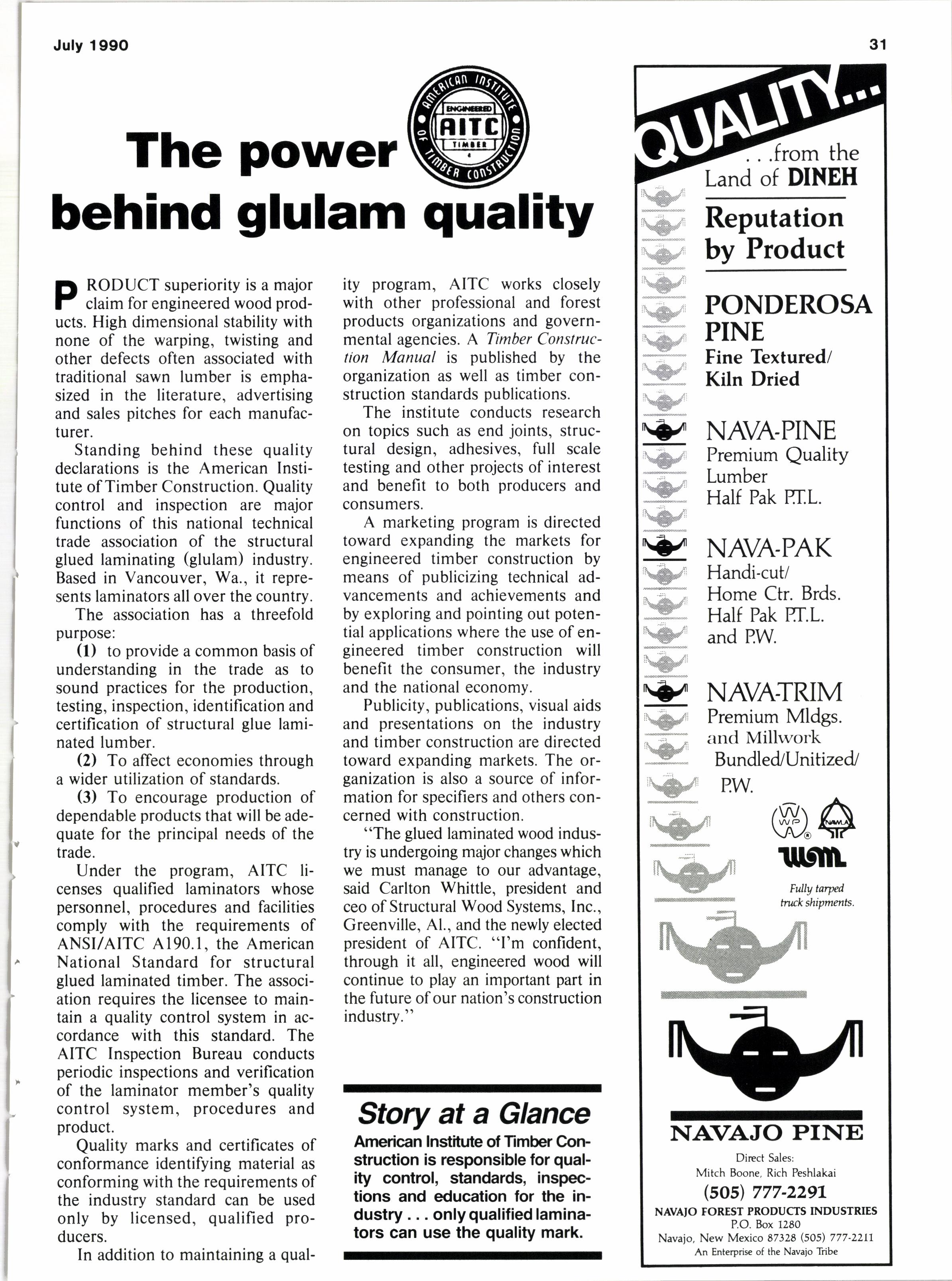
2 minute read
The drug problem wontt go away by itself
in many instances, the "murky" area of random testings.
The late 1980s saw the devastating results of the proliferation of "crack," a potent and highly addictive form of cocaine. As we move into the 1990s the use of this substance is on the increase in the workplace, just as it is in our streets. Another substance receiving a lot of publicity is "ice," a highly addictive form of methamphetamine. The 1990s may possibly see these two drugs begin to affect the workplace more and more. Add these substances, to alcohol, marijuana, and the more common forms of cocaine and methamphetamine (known as crank, speed, or crystal) and we have a cornucopia of potentially devastating substances which will affect America's business bottom line.
By Roger Myers Corporate Security/Safety Director Dixieline Lumber San Diego, Ca.
for longer periods of time. Although these actions are considered by some to be too punishment oriented, the results, if the investigation is conducted properly, can seldom be discounted.
The federal government has attempted to assist the private sector with the implementation of the Federal Drug Free Workplace Act of 1988 and the Federal Highway Administration (FHWA) Anti-Drug Rule. These mandates have prompted some in management to implement a substance abuse policy in their organizations.
Yet, even with these mandatory requirements and enormous amounts of information provided by the various media sources, there remains a significant number of firms which have chosen not to address the problem. Fears of the various types of testing, including conditions under which certain job classifications can be asked to submit to a test, have raised doubts as to the legality of such tests.
However, many recent cases handed down by the various federal and state courts have tended to support business's attempts to provide safe and productive workplaces. These decisions have uniformly upheld pre-employment screening and
Those businesses that have chosen to implement substance abuse policies, most of .which include some form of testing, have found that the problem is much more significant than they realized. In turning to the local police for help, the already overburdened law enforcement agencies could provide little in the way of assistance to help in the policing of the workplace for criminal drug activity. In answer to this dilemma, the latter part of the 1980s saw the proliferation of private firms specializing in undercover and covert type investigations. Those firms utilizing these services have achieved some startling results.
Many such investigations have snared employees never before suspected of workplace drug activity, not to mention the abundance of information relating to theft, productivity, quality control and other disciplinary problems that would have otherwise gone undetected. The new decade will see these types of investigations being conducted more frequently, and in larger organizations,
The very nature of the methods currently used to address the drug problems has in itself become a billion dollar business. The laboratory testing facilities, counseling services, treatment facilities, etc., have added to the already steadily rising cost of substance abuse. Although some companies have opted to just discharge those employees found to be involved in this type of activity, others have found that treatment and rehabilitation are the most beneficial. Speculation by those in the field indicates that if you just discharge, your chances of hiring a replacement worker who has the same or a worse problem is, at a minimum. 50-50.










